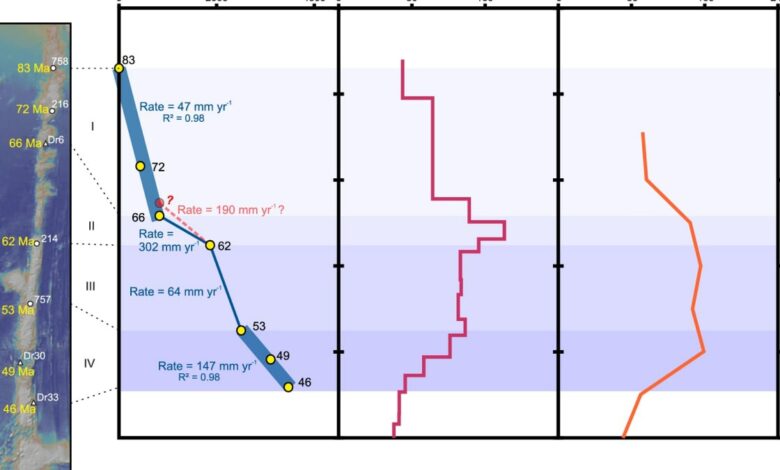This underwater mountain range could have been created by a moving hotspot

New research has found that the Ninetyeast Ridge, a 5,000-kilometer-long underwater mountain range in the Indian Ocean, was formed by a moving hotspot rather than a stationary one. The study, published in Nature Communications, analyzed mineral samples from the ridge and dated its formation to between 83 and 43 million years ago. This discovery challenges previous assumptions about its origins and sheds light on how tectonic plates have shifted over millions of years.
Implications for plate tectonics and dating
Findings from Curtin University’s School of Earth and Planetary Sciences show that the Kerguelen hotspot responsible for the ridge has moved hundreds of kilometers within the Earth’s mantle during its activity. Dr. Hugo Olierrook, co-author of the study, told Phys.org has shown that while these types of hotspot movements are common, they have rarely been proven. He noted that this is the first confirmed example of such a movement in the Indian Ocean.
Accurate dating methods used in the research have revised previous age estimates for the Ninetyeast Ridge, which have long informed tectonic models. According to Professor Fred Jourdan, also co-author from Curtin University and the John de Laeter Centre, these updated models provide more accurate reconstructions of Earth’s tectonic history. The study highlights the importance of such refinements for understanding ancient geological events.
Future insights into Earth’s internal processes
Lead author Associate Professor Qiang Jiang, now at China University of Petroleum, emphasized the importance of understanding Earth’s internal dynamics to predict natural disasters more effectively. He noted that studies like these increase understanding of processes such as earthquakes and volcanic activity.
The research makes a crucial contribution to geological science by documenting the interplay between tectonic shifts and mantle dynamics.




